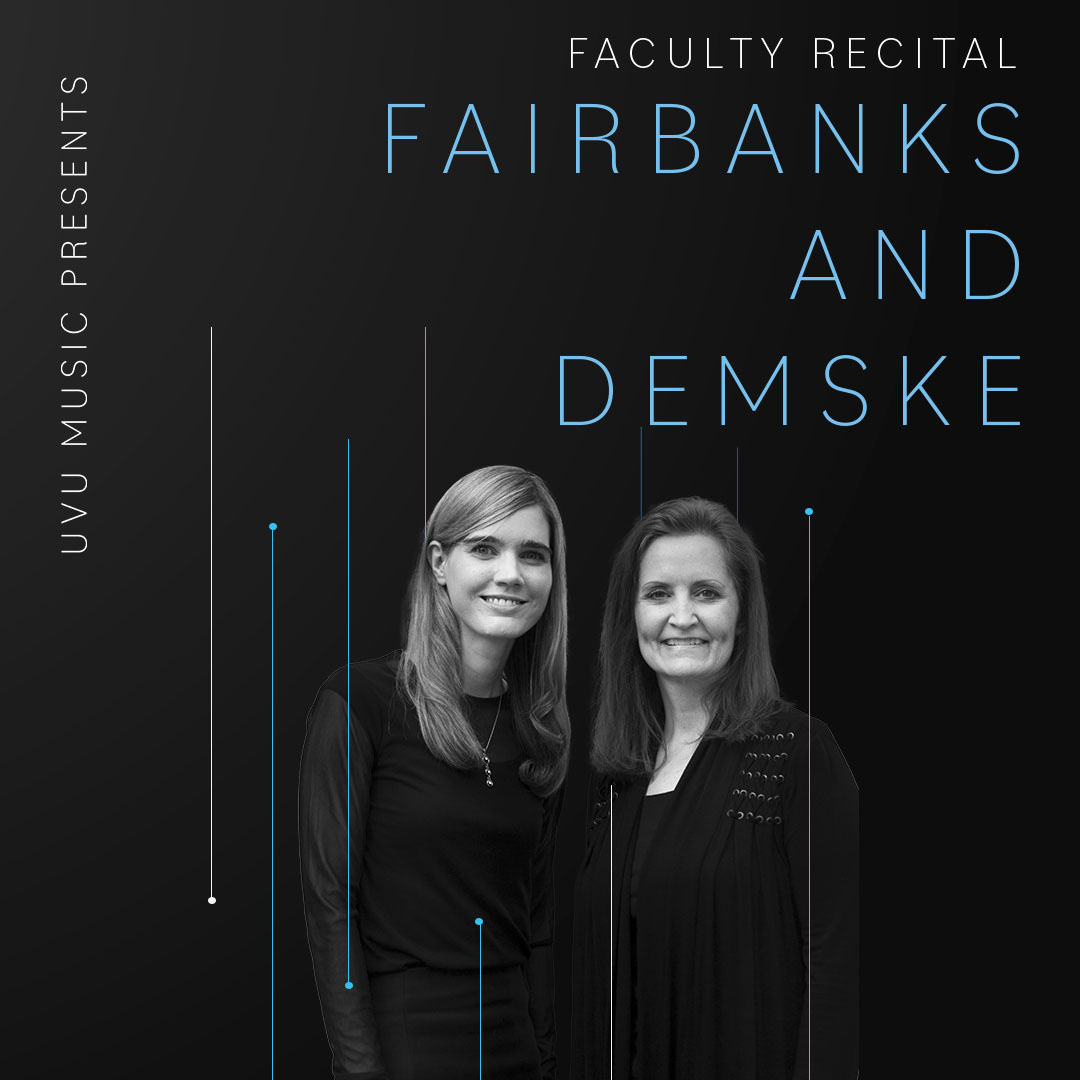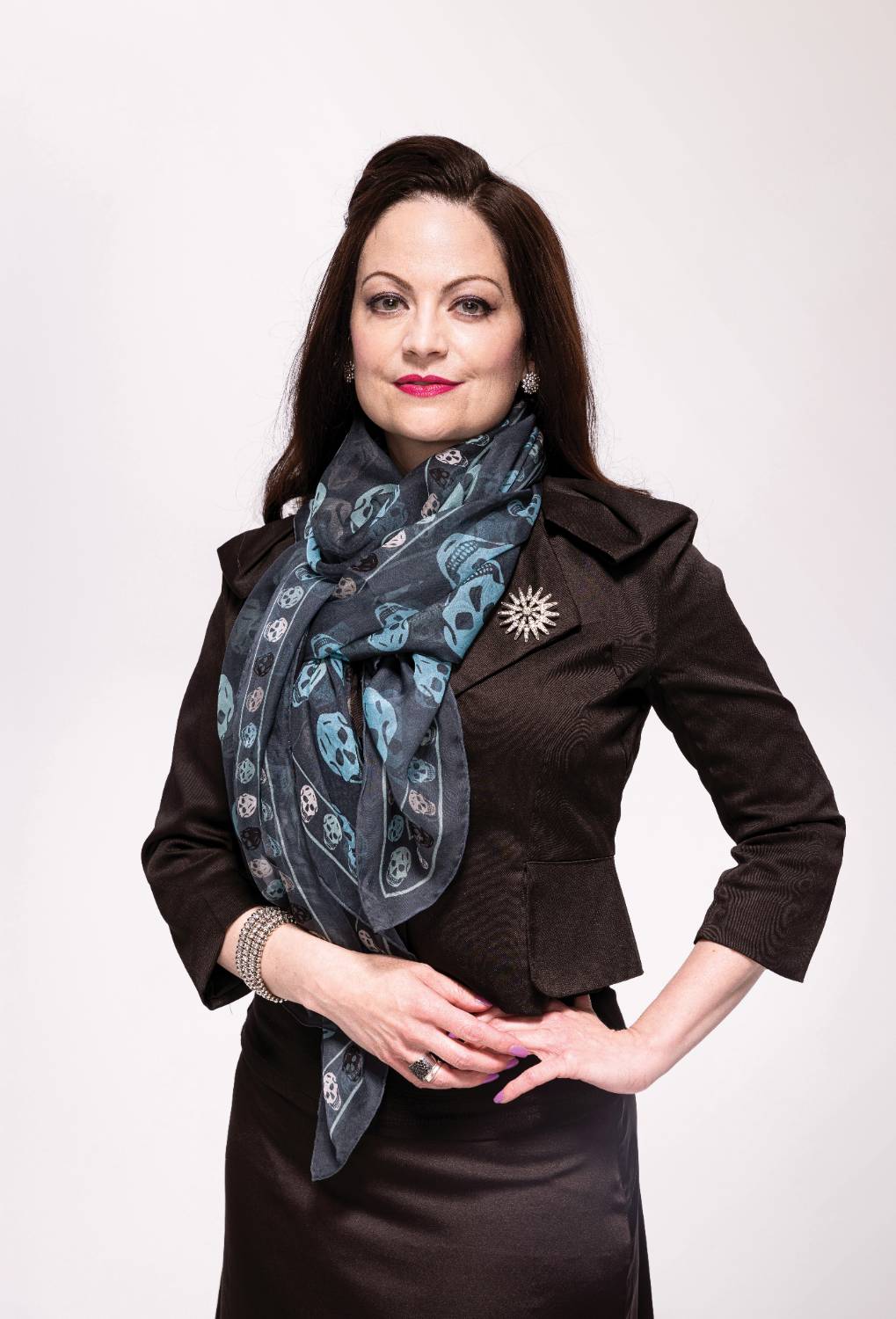
March 25, 2023 | 7:00 PM
I. Moderato
II. Andantino – Moderato
I. Con moto
II. Ballade
III. Allegretto
IV. Adagio – Poco mosso
Donna Fairbanks and Hilary Demske performed selections from this program in a series
of recent concerts in Brno and Prague in the Czech Republic. Sponsors included the
Moravian Museum, Mazaryk University, the Czech Ministry of Culture, the Brno Philharmonic,
the Augustinian Abbey of St. Thomas, and the Hagibor Jewish Center.
Dvořák’s Romance in F minor (1877) is a reworking of the Andantino movement from his
String Quartet no. 5 in F minor (1873). The composition reflects Dvořák’s growing
interest in rich, expanded harmonies and Czech folk music. As a soulful, lyrical ballad,
it is well known for its emotional intensity, and has become one of Dvořák’s most
beloved pieces.
Smetana is oftentimes regarded as the father of Czech music, with compositions that
promoted 19th century Czech nationalism. He wrote Z domoviny (From My Homeland) in 1880, during a time of personal declining health and deafness.
It exemplifies Smetana’s skill of weaving musical complexity within intimate and engaging
material. Smetana characterized this work as “… relatively light in style … in a genuinely
national manner, albeit with my own tunes.”
With roots in Polish folk dance, a Mazurek (or Mazurka) became popular with Chopin’s
50 Mazurkas for Piano. Dvořák was one of many composers who chose to follow Chopin’s
example and incorporate material from this appealing form of folk dance. Dvořák wrote
this 1879 piece in the traditional triple meter of a Mazurek, with rustic charm and
his personal signature of creative artistry.
Janáček wrote: “... in the 1914 Sonata for violin and piano, I could just about hear
sound of the steel clashing in my troubled head … I wrote it at the beginning of the
War when we were expecting the Russians in Moravia.” Janáček incorporated unique aspects
of both instruments to depict the sounds of war throughout the sonata, including the
slash of swords in the third movement and gunfire in the fourth movement. He revised
the sonata several times before it was finally published and premiered in 1922 in
Brno. Fairbanks and Demske were invited to perform this sonata in Brno in 2022 to
commemorate this centennial.


Our mission is to produce and present artistic excellence, which would not be possible without the generous support of our sponsors. We thank them and express our deep gratitude to all patrons, supporters, and friends of The Noorda.
The arts possess the unparalleled power to inspire, educate, liberate, and transform. They elevate moments, mark milestones, soften edges, and generate profound meaning. Experience the beauty and wonder of the arts with us this season at The Noorda and begin at once to live!
Courtney R. Davis, J.D., M.A.
Dean, School of the Arts

Utah Valley University acknowledges that we gather on land sacred to all Indigenous people who came before us in this vast crossroads region. The University is committed to working in partnership—as enacted through education and community activities—with Utah’s Native Nations comprising: the San Juan Southern Paiute, Paiute Indian Tribe of Utah, Uintah & Ouray Reservation of the Northern Ute, Skull Valley Goshute, Confederated Tribes of the Goshute Reservation, Northwestern Band of Shoshone Nation, Hopi Tribe, Navajo Nation, Ute Mountain Ute-White Mesa Community, and urban Indian communities. We recognize these Native Nations and their continued connections with traditional homelands, mountains, rivers, and lakes as well as their sovereign relationships with state and federal governments. We honor their collective memory and continued physical and spiritual presence. We revere their resilience and example in preserving their connections to the Creator and to all their relations, now and in the future.
With this statement comes responsibility and accountability. We resolve to follow
up with actionable items to make the School of the Arts at UVU and The Noorda Center
for the Performing Arts an inclusive, equitable, and just space for all. There is
much work to be done, and we are committed to putting these words into practice.
Artwork by Shane Walking Eagle (Sisseton Dakota).
Department Chair
JEFFREY O'FLYNN
Associate Chair
MELISSA HEATH
Administrative Assistant
CHRIS GINES
Choirs
REED CRIDDLE
CHERILYN WORTHEN
Orchestra/Cello
CHEUNG CHAU
Violin
DONNA FAIRBANKS
Clarinet
JEFFREY O’FLYNN
Trumpet/Music Theory
RYAN NIELSEN
Percussion
SHANE JONES
Piano
HILARY DEMSKE
Jazz/Commercial
DAVID BAKER
Voice
MELISSA HEATH
ISAAC HURTADO
Commercial Music
CHARLIE HAN
TODD SORENSEN
Theory
BRYCE RYTTING
Musicology
ROSS HAGEN
Director of Bands
CHRIS RAMOS